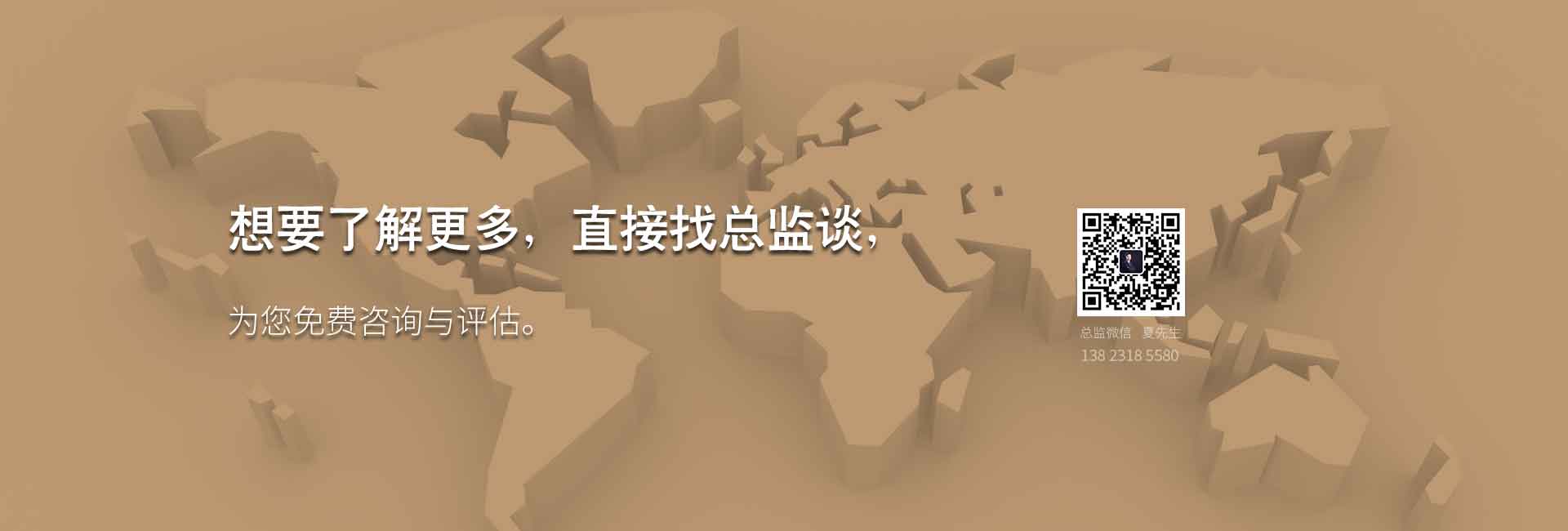Designing Effective Campus Wayfinding Systems: A Comprehensive Approach
Introduction: The Necessity of a Campus Guiding System
Have you ever walked into a university campus and felt like you were in a maze? You're not alone. Many students and visitors find themselves lost, struggling to navigate the vast expanse of buildings, pathways, and amenities. This is where a well-designed campus guiding system comes into play. But what exactly is a campus guiding system, and why is it so crucial? Let's dive in and explore the world of campus navigation.
What is a Campus Guiding System?
A campus guiding system is a comprehensive set of tools and strategies designed to help people navigate a university campus efficiently. It includes signage, maps, digital displays, and sometimes even mobile apps. The goal is to make it as easy as possible for students, faculty, and visitors to find their way around, from classrooms to dining halls, from libraries to sports facilities.
Why is a Campus Guiding System Important?
Now, you might be wondering, "Why do we need a campus guiding system?" Here are a few reasons why it's essential:
Time Efficiency: Imagine spending less time searching for a classroom and more time studying. A guiding system can significantly reduce the time spent on navigation.
Accessibility: For students with disabilities, a well-designed guiding system can make the campus more accessible, ensuring everyone can enjoy the educational experience.
First Impressions: A campus that is easy to navigate leaves a positive impression on visitors, prospective students, and faculty alike.
Emergency Preparedness: In case of an emergency, a clear guiding system can help everyone evacuate the campus safely and quickly.
Designing an Effective Campus Guiding System
So, how do you design a campus guiding system that truly works? Here are some key considerations:
1. User-Centric Design
First and foremost, the guiding system should be user-centric. This means understanding the needs and preferences of the users, which in this case are students, faculty, and visitors. Conduct surveys, hold focus groups, and gather feedback to ensure the system meets their requirements.
2. Consistent and Clear Signage
Signage is the backbone of any guiding system. It should be consistent in style, color, and font, making it easy for users to recognize and follow. Use clear, concise language and include directional arrows, symbols, and icons to enhance understanding.
3. Comprehensive Maps
Provide detailed maps that cover the entire campus. These maps should be easily accessible, whether in print or digital format. Include key locations such as classrooms, libraries, dining halls, and administrative buildings.
4. Digital Integration
Integrate digital tools like mobile apps and interactive kiosks to enhance the guiding experience. These tools can offer real-time information, such as class schedules, event listings, and even weather updates.
5. Regular Updates
A campus is a dynamic place, with buildings being constructed, renovated, or even demolished. Ensure that the guiding system is regularly updated to reflect these changes.
6. Accessibility Features
Make sure the guiding system is accessible to all users, including those with disabilities. This may involve providing tactile maps, Braille signage, and audio guidance.
7. Training and Support
Train staff and students on how to use the guiding system effectively. Offer support through help desks, FAQs, and user guides.

圖片由人和時代CRT標識設計集團提供
Conclusion: A Guiding System for a Smoother Campus Experience
In conclusion, a well-designed campus guiding system can make a significant difference in the daily lives of students, faculty, and visitors. By focusing on user-centric design, clear signage, comprehensive maps, digital integration, and regular updates, universities can create a more navigable, accessible, and enjoyable campus environment. So, the next time you find yourself lost on campus, remember that a guiding system is there to help you find your way.

人和時代設計
品牌設計、VI設計、標識設計公司



















